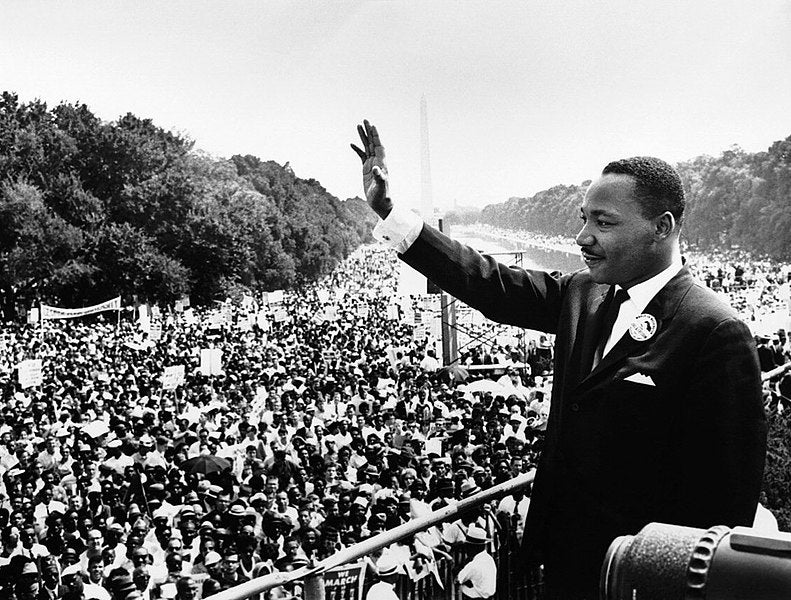Above, watch a playlist of videos from each panel from the Community Dialogue on Healing the Racial Divide.
The Aspen Institute Community Dialogue on Healing the Racial Divide gathered this week in St. Louis, MO, in the aftermath of conflicts in nearby Ferguson to talk about the relationship between local communities and the police, methods to close the achievement gap between white and black students, and the role of new media during periods of racial unrest. Following three compelling panel discussions, participants created action items to tackle these significant issues and help close the racial divide.
Aspen Institute president and CEO Walter Isaacson opened the day, marking it as a watershed moment for the city. He said, looking back, we’ll say, “St. Louis saw Ferguson as an opportunity to figure out how we can work together and overcome this problem. I think St. Louis could possibly become the model for how we get ourselves out of [the segregation and racial unrest] that has been happening over the last few centuries.”
“The police profession is to be a guardian of community,” said high school student and activist Clifton Kinnie. “But there’s been a divide between them and the youth. When race, power, and ego collide, that’s when you have people abusing their power.”
Kinnie joined a panel about law enforcement with NPR’s Michel Martin , Missouri Fraternal Order of Police’s Kevin Ahlbrand , and former St. Louis Metropolitan Police Department Chief Daniel Isom. Kinnie proposed one solution to bridging the divide between black youth and police: a voluntary youth board to work together with police in the community.
A panel about reporting on Ferguson brought together viewpoints from traditional and new media.
“In social media, we got to be the storytellers and express the pain we had been feeling for a long time,” explained DeRay Mckesson, founder and co-editor of the Ferguson Protester newsletter. The panel also featured St. Louis Post-Dispatch editor Gilbert Bailon, St. Louis Public Radio host Don Marsh, and CNN national correspondent Suzanne Malveaux.
Dr. Tiffany Anderson, superintendent of the Jennings School District, shared a story about leading her students in a sit-in. One of her recommendations for helping schools close the racial divide is to engage students in discussions about race. “Social justice and dismantling racism should be talked about all the time in the classroom,” she said.
Another local superintendent, Dr. Kelvin Adams of the St. Louis Public School District, said his dream to solve inequalities in education is to automatically enroll high school graduates in higher education. “You automatically go to middle school and high school; what if every kid was pre-enrolled in college?”
Watch the full discussions from the day in the video playlist above to get the full story about these ideas and more. And tell us in the comments below, what’s your proposal for a way to heal the racial divide?

